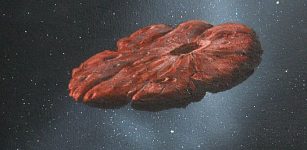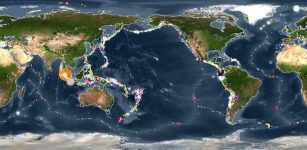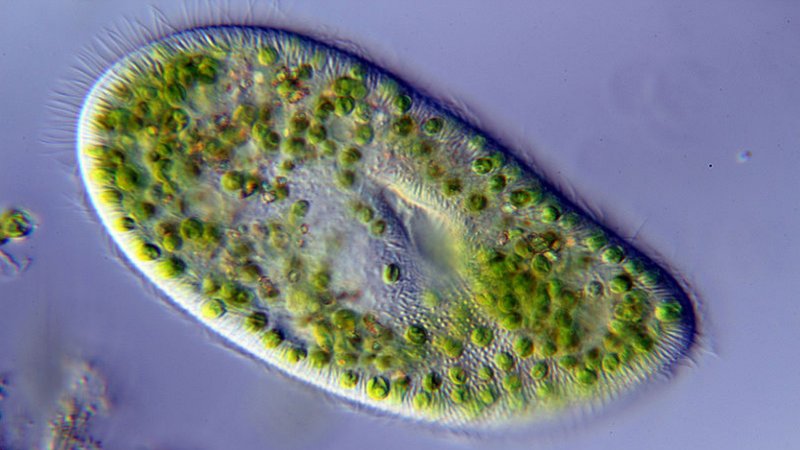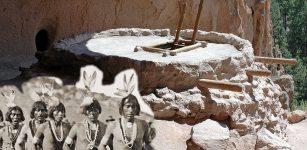Discovery Of Oldest Fossils Re-Writes History Of Bisons In North America
MessageToEagle.com – There has long been a controversy about the timing of bison arrival in North America, but new research can shed more light on how and when the animals arrived and spread across the continent.
Scientists have identified North America’s oldest bison fossils and can now identify a common maternal ancestor that arrived between 130,000 and 195,000 years ago, during a previous ice age.
By comparing ancient DNA extraction and sequenced the mitochondrial genomes of more than 40 bison, including the two oldest bison fossils ever recovered with genomes of Siberian and North American bison, a new timeline has been established.
“Bison arrival in North America marks the beginning of what geologists call the “Rancholabrean Land Mammal Age,” which is used to discriminate between different ecological periods in the continent’s history,“ Professor Beth Shapiro of the UC Santa Cruz Genomics Institute said.
Until recently, the fossil records from different parts of North America disagreed with each other, with a few fossil localities suggesting that bison arrived millions of years ago, but most old fossil sites showing no evidence of bison at all,” Shapiro said.
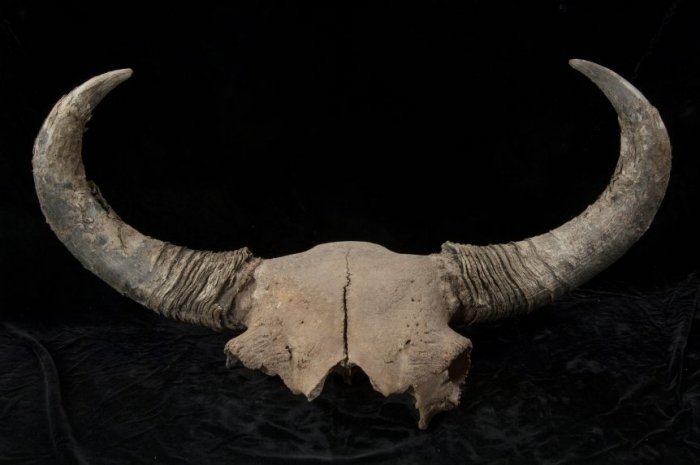
“Bison used what is called the Bering Land Bridge, a vast connection of land between Asia and North America to cross from Asia into North America.
The land bridge forms during ice ages, when much of the water on the planet becomes part of growing continental glaciers, making the sea level much lower than it is today,” explained Shapiro.
See also:
16,000-Year-Old Tools Discovered In Texas Can Re-Write History Of North America
Buhl Woman Of Idaho: One Of The Oldest Skeletons In North America
“After they arrived in Alaska, they spread quickly across the continent, taking advantage of the rich grassland resources that were part of the ice age ecosystem.
While bison were not introduced by humans to North America, their rapid spread and diversification are hallmarks of an invasive species and part of what make bison’s role in the Great Plains ecosystem so significant. ”
Bison arrived in North America and quickly came to dominate a grazing ecosystem that was previously reigned over by horses and mammoths for one million years,” said Shapiro.
The bison is a symbol of the American west and the new study has now helped to determine when the animal showed up on the continent.
MessageToEagle.com
Expand for references



